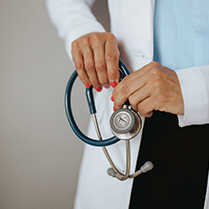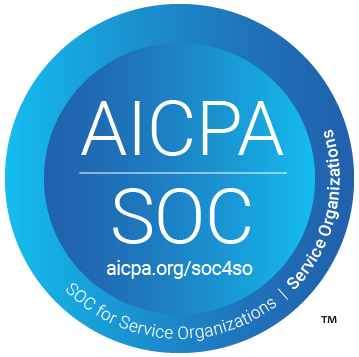
Obesity is a growing concern that affects millions of individuals globally. With obesity, comes various health challenges. One such health issue that often goes unnoticed in the shadow of other obesity-related conditions is the formation of gallstones. In this blog, we will delve into what gallstones are, how they form, their potential side effects, and the link between obesity and gallstones.
What Are Gallstones?
Gallstones are quite common, with a global prevalence of approximately 10–20%, and mainly affecting patients with excess body weight. Gallstones are crystalline concretions formed within the gallbladder by the accretion of bile components. To put it in simpler terms, they are small, hard deposits that can vary in size, often resembling small pebbles. While some gallstones remain as tiny as a grain of sand, others can grow to the size of a golf ball. The gallbladder is a small, pear-shaped organ located beneath the liver that stores bile – a digestive fluid produced by the liver that helps break down fatty foods.
How Are Gallstones Formed?
The process of gallstone formation, medically known as cholelithiasis, is multifactorial. However, it often starts when there's an imbalance in the substance that makes up bile. There are two main types of gallstones: cholesterol stones (the most common type, made predominantly of hardened cholesterol) and pigment stones (made mainly from bilirubin). Factors contributing to the formation of gallstones can include:
- Excess cholesterol in the bile: When the liver excretes more cholesterol than your bile can dissolve, the excess cholesterol may form crystals and, eventually stones.
- Excess bilirubin in the bile: Certain conditions can cause your liver to produce too much bilirubin, including liver cirrhosis and certain blood disorders. The excess bilirubin contributes to gallstone formation.
- Incomplete gallbladder emptying: If the gallbladder does not empty completely or often enough, bile may become very concentrated, contributing to the formation of gallstones.
Side Effects of Gallstones
Many people with gallstones do not experience symptoms and may not even be aware they have them. However, if a gallstone lodges in a duct and causes a blockage, the resulting signs and symptoms can include:
- Sudden and rapidly intensifying pain in the upper right portion of your abdomen
- Back pain between your shoulder blades
- Pain in your right shoulder
- Nausea or vomiting
These gallstone-related complications can lead to further health issues, such as inflammation of the gallbladder (cholecystitis), blockages of the bile duct (choledocholithiasis), pancreatitis, and even increased risk of gallbladder cancer in chronic cases.
Obesity and Gallstones: The Connection
Now, let's address how obesity and gallstones are closely linked. Obesity increases the amount of cholesterol in bile, which can lead to cholesterol stones. Additionally, obesity can decrease gallbladder motility, leading to incomplete emptying and an increased risk of stone formation.
Here's the crux of the matter: adipose tissue, or body fat, is not just a storage substance; it's metabolically active and capable of producing hormones and chemicals that can stimulate inflammation and alter metabolism. These changes can increase the risk of gallstones in obese individuals. Moreover, research suggests that people who are overweight may have a higher concentration of cholesterol in their bile, which, as mentioned, is a direct contributor to cholesterol stone formation.
Weight management is, therefore, a significant factor in the prevention of gallstones. Gradual weight loss, through a balanced diet and regular physical activity, can help decrease the risk of gallstones. It's important to avoid rapid weight loss, as it can increase the risk of gallstones by causing the liver to release extra cholesterol into the bile.
In conclusion, the link between obesity and gallstones is clear. I cannot emphasize enough the importance of maintaining a healthy weight for not only preventing gallstones but also improving overall health.












